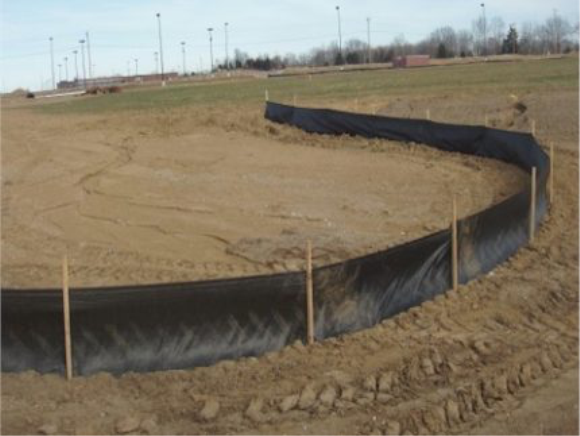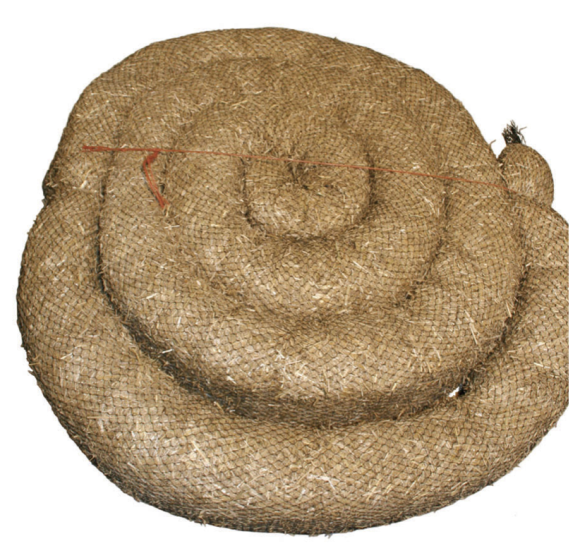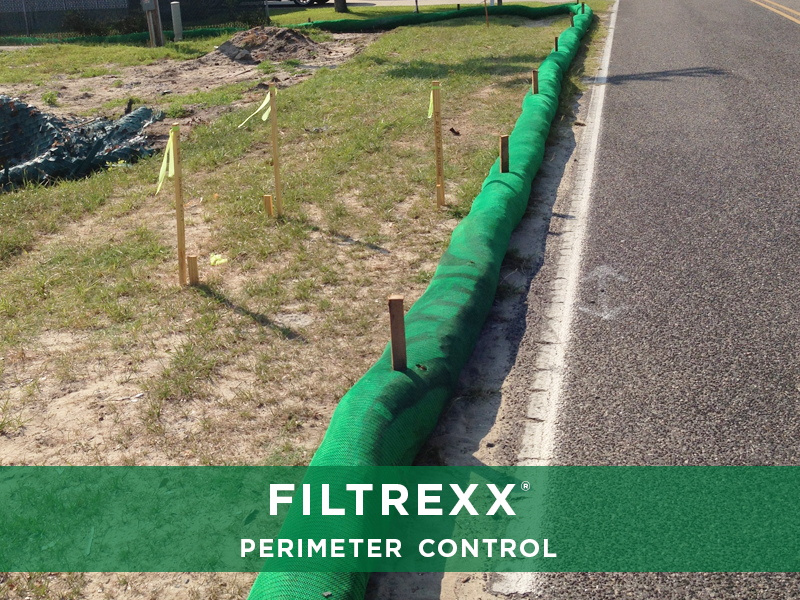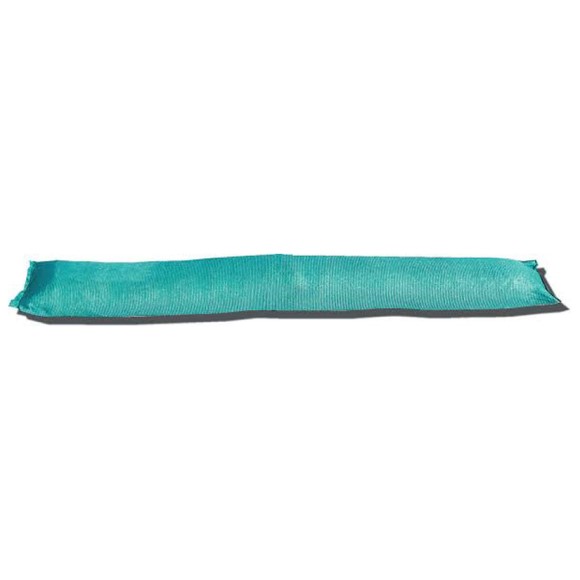By Deb Amorde
Silt Fence. Straw Wattle. Silt Sock.
They’re all basically the same, right?
Chances are you don’t have an emotional attachment to silt fence, straw wattles or silt socks and the only reason you “care” about them is that you have to. You need erosion control. You have options, but which one is best?

Silt fences…great for creating a perimeter around your job site or preventing substantial run-off without having a lasting effect on the land. The materials are inexpensive but can be time- consuming to install, which increases labor cost. Almost all jurisdictions require that the dirt beneath the bottom of a silt fence is trenched out. Trenching out hundreds of feet for a temporary fence may not be worth your labor dollars. They’ll need repair, and if we’re honest, they’re not the most aesthetically pleasing. Claim to fame: tried and true.

Straw wattle…it’s cheap, light-weight and relatively easy to install, but like silt fencing, does require trenching to be effective. This option is more aesthetically pleasing – surrounding businesses or neighbors will thank you. Wattle is better for water flow than fencing but can be messy. Most netting is plastic and as the straw breaks down inside, it can start to look pretty sloppy and will most likely need to be replaced. Straw wattles can become a home for rodents, birds or even livestock thereby destroying your control measures, but hey (pun intended), they’re cheap. Claim to fame: cheap and effective (enough).



Silt sock…the newest kid on the block. Silt socks can come filled with a variety of filter media but are more expensive than silt fencing or straw wattle (at least from a materials perspective). The most common options for silt socks include Silt Sifters, Rubber Wattles and Filtrexx products. However, silt socks are easy to install with no trenching required. This greatly reduces your man-hour costs. Best of all, they’re more durable. Like straw wattle, this option is more aesthetically pleasing and because the socks weigh about 10 pounds per foot they require minimal staking and stay put in high winds and heavier water flow. Also, silt socks are more durable to traffic and generally longer lasting. Claim to fame: effective, low install time and durability.
Considerations
There seem to be pros and cons to each, but what are the real considerations for making a good choice for your job? The following questions may help.
• How big is the area you’re trying to control?
• How steep is the terrain?
• How much water flow do you anticipate?
• How long will the product be in place?
• How invasive is your control on vegetation or wildlife?
• Does it need to be visually appealing for neighborhood residents or businesses?
• How much manpower do you have to invest in installation and repairs?
Conclusion: erosion control is application specific – depending on the environment your working to protect and/or city, county or state requirements, one option may be better than the other. There is no “right” or “wrong” choice, simply options.
.jpg&width=880&height=0)